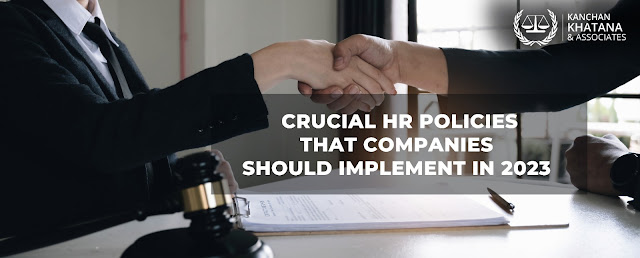A Milestone in Industrial Safety and Labor Welfare.
In August 2025, the Government of Gujarat announced that it had completed 100% inspection of all registered boilers and economizers in the state under the Boiler Act, 2025. This achievement, covering nearly 24,000 boilers and 675 economizers, underscores the state’s commitment to industrial safety, worker welfare, and effective regulatory oversight. Importantly, Gujarat reported zero boiler-related fatalities in the last three years, setting a benchmark for industrial states across India
What Are Boilers and Why Do They Matter?
Boilers are integral to various industries, including textiles, chemicals, pharmaceuticals, and food processing. They generate steam or heat for manufacturing processes. However, boilers are also high-risk equipment, prone to accidents if not properly maintained, inspected, or operated. Boiler explosions can cause catastrophic damage to life, property, and the environment—making rigorous inspections a legal necessity.
The Boiler Act, 1923 (as amended and modernized into the Boiler Act, 2025) mandates periodic inspections, certification, and adherence to safety standards. Gujarat’s full compliance demonstrates both administrative efficiency and a proactive approach to industrial safety.
Key Highlights of Gujarat’s Achievement
1. 100% Coverage:
Every registered boiler and economizer in the state has been inspected within the prescribed timelines.
2. Digital Monitoring:
The government used technology-driven platforms to track inspection schedules, compliance records, and renewals, minimizing administrative delays.
3. Zero Fatalities:
Gujarat reported no boiler-related deaths in the last three years, a remarkable achievement in a state with a high density of industrial operations.
4. Capacity Building:
Regular training of boiler inspectors and technical staff helped improve the quality of inspections and reduce the risks of oversight.
5. Industry Collaboration:
The initiative was implemented in partnership with industrial associations, ensuring awareness and compliance among factory owners.
Government’s Rationale and Objectives
The Gujarat government highlighted three main objectives behind prioritizing boiler safety:
• Worker Protection: Ensuring the health and safety of lakhs of workers employed in industries dependent on boiler operations.
• Ease of Doing Business: Streamlined, digital-first inspections reduce delays and make compliance easier for industries.
• Sustainable Industrial Growth: By preventing accidents, the state fosters an environment of trust and stability, attracting further investments.
Impact on Labor and Employment Law
1. Strengthened Workplace Safety Norms:
The achievement aligns with India’s Occupational Safety, Health, and Working Conditions Code, 2020, which emphasizes the importance of preventive safety measures.
2. Reduced Employer Liability:
Employers who comply with boiler regulations face fewer risks of prosecution under the Factories Act or tort law for negligence.
3. Model for Other States:
Gujarat’s success could encourage other industrial states, such as Maharashtra, Tamil Nadu, and Karnataka, to adopt similar digital-first, compliance-focused frameworks.
Concerns and Critical Perspectives
While the announcement is widely celebrated, labor experts raise some cautionary points:
• Inspection Quality vs. Quantity: Completing 100% inspections is commendable, but ensuring the depth and rigor of each inspection is equally important.
• Unregistered Units: Some small-scale units may still be operating boilers without registration, which remains a blind spot.
• Worker Awareness: Safety is not just about compliance by employers but also about training workers in handling boilers and reporting early warning signs.
The Road Ahead
To sustain its achievement, Gujarat will need to:
- Continue annual inspections without backlog.
- Enhance predictive safety systems using AI and IoT for real-time monitoring of boilers.
- Expand worker training programs in safety and emergency preparedness.

.jpeg)
.gif)



